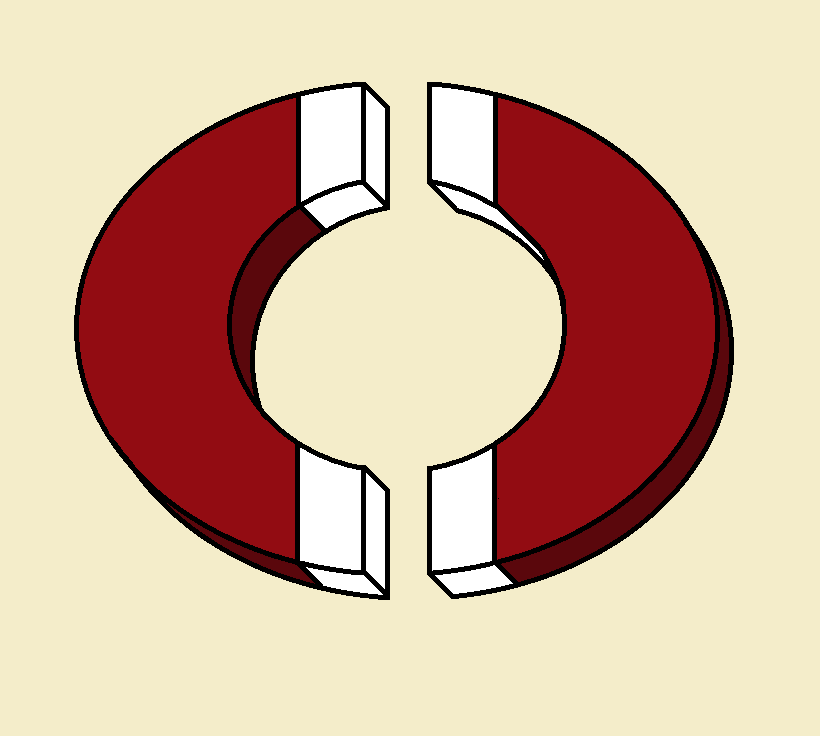
Picture a large polished stainless steel bearing. Now visualize dropping it onto a concrete floor from a height of, say, h. It impacts the concrete and bounces back to a somewhat lesser height h′. What actually was the physics at the time of collision? Our concept of matter provides one answer.
Our Concept of Matter
The rock-solid steel bearing is not thrown, but “dropped”. It falls with a force equal to its mass times its acceleration due to gravity. That is, F = mg. Upon striking the concrete floor, the bearing experiences an equal yet opposite reaction forcing it to bounce back. Even so, due to internal and external factors, the bearing does not attain its original elevation.
Is the Bearing Truly Solid?
If the bearing were of solid and incompressible material, it would rise back to its original height. But such is not the case. It experiences slight compression at the point of contact, a brief flattening. On rebound, it almost perfectly regains its shape.
The compression converts a very slight amount of the bearing’s momentum into heat. That plus the continued pull of gravity and other lesser factors, combine to limit the elevation the bearing attains.
Another Perspective – The Scenario
Now we consider matters from a sub-atomic rather than a classic physics perspective. The matter surrounding us is composed of sub-atomic particles—a combination of protons, neutrons, and electrons. The outer shell of all atoms and molecules is made of electrons. It may be we visualize electrons as if they were little negatively charged “bullets”.
But since these bullets possess an electric charge, and all ordinary matter has a kind of coating of electrons, could it be these electron bullets are not made of solid substance but are in fact spheres of repelling force? We know, for instance, that the North pole of a magnet can repel the North pole of another magnet quite insistently, depending upon the magnets’ strength.
Another Perspective – The Conclusion
If the above scenario is correct, we could imagine our steel sphere as a ball-shaped collection of negatively charged spherical bullets that repel the concrete floor, even as that planar collection of negatively charged spherical bullets repels it.
The feeling of solid meeting solid would be rather like that meeting of two North pole magnets, only, perhaps, with the repulsion not acting until close proximity is achieved, and then with great strength. If this is true, then is our current concept of matter merely a perception and not a reality? Before you dismiss the thought, watch this super-magnet vertical braking response…
Note: You might also enjoy DNA, Viruses, Gametes – Are They Alive?